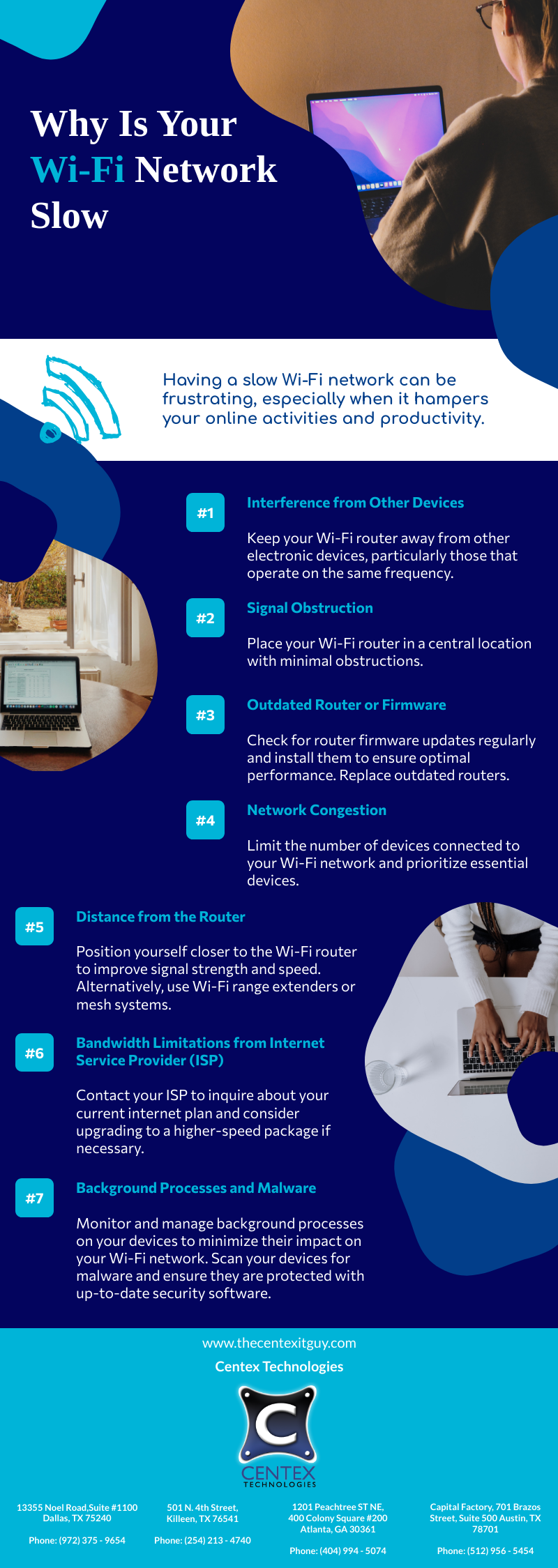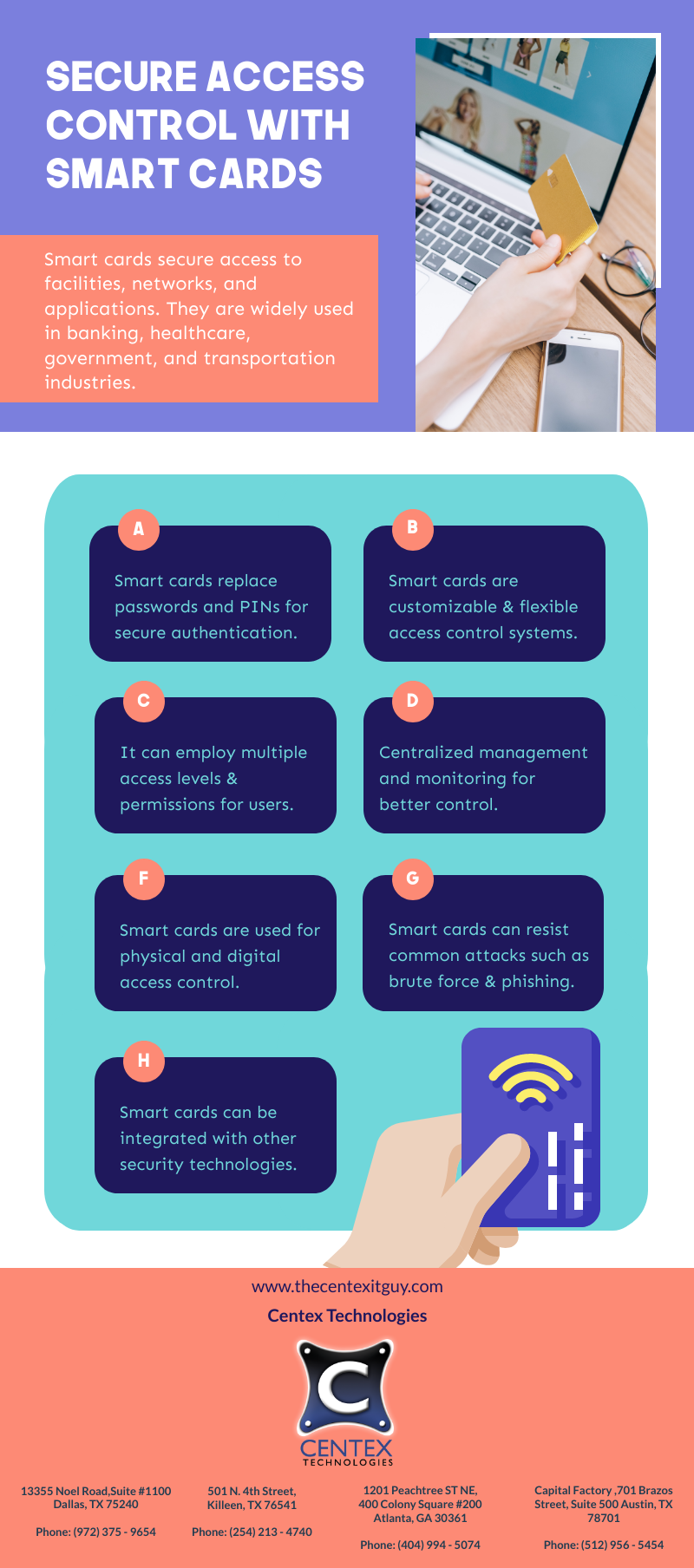Author: centexitguy Page 9 of 139
Network forensics plays a crucial role in investigating and analyzing network-related security incidents. It helps in identifying the root cause, gathering evidence, and mitigating future risks. It works to identify malicious activities, determine the extent of the compromise, and reconstruct the timeline of events to aid in the investigation.
Principles and techniques used in network forensics:
- Network Traffic Capture and Analysis: Capturing and analyzing network traffic is a fundamental aspect of network forensics. This requires the use of specialized tools and techniques to capture packets moving through the network, reconstruct communication sessions, and extract pertinent information for investigational purposes. Analysis of network traffic facilitates the detection of unauthorized access, data exfiltration, malware propagation, and other malicious activities.
- Log Analysis and Event Correlation: In network forensics, analyzing system and network logs is crucial. Logs provide an abundance of information regarding network activities, such as user authentication, access attempts, network connections, and configuration changes. By analyzing logs from multiple sources and correlating events, forensic investigators can reconstruct the events leading up to a security incident.
- Intrusion Detection and Prevention Systems: Network forensics relies heavily on Intrusion Detection Systems (IDS) and Intrusion Prevention Systems (IPS). These systems monitor network traffic in real-time, trying to identify known malicious patterns and signatures. Alerts are triggered when an anomaly or suspicious activity is detected, allowing investigators to investigate the incident further and collect evidence.
- Malware Analysis: Network forensics involves the analysis of malware discovered within the network. This includes examining the behavior, characteristics, and capabilities of the malware to understand its impact and mode of operation. Malware analysis aids in identifying the source, propagation methods, and potential exploited vulnerabilities, thereby providing valuable insights for incident response and mitigation.
- Network Device and Configuration Analysis: Network devices, such as routers, switches, and firewalls, store configuration data that can aid forensic network investigations. Analyzing device configurations facilitates a better understanding of network architecture, access control policies, and any potential misconfigurations that may have facilitated the security incident.
- Collaboration with Other Forensic Disciplines: Network forensics frequently overlaps with other forensic disciplines, such as digital and memory forensics. For a comprehensive understanding of the incident, collaboration between these disciplines is necessary. Network forensics can contribute valuable data and context to investigations involving compromised systems, data breaches, or insider threats.
- Legal Considerations and Chain of Custody: The legal and procedural requirements for network forensic investigations must be met. The integrity of collected evidence, which may be crucial in legal proceedings, is ensured by a chain of custody. Forensic investigators must adhere to appropriate protocols, document their procedures, and ensure the admissibility of evidence in court.
Network forensics plays a vital role in investigating and analyzing network-related security incidents. Centex Technologies provide cybersecurity solutions, IT networking and software solutions to enterprises. For more information, contact Centex Technologies at Killeen (254) 213 – 4740, Dallas (972) 375 – 9654, Atlanta (404) 994 – 5074, and Austin (512) 956 – 5454.
While remote work culture has many benefits, such as increased autonomy and a better work-life balance, it also poses unique challenges to IT security. In a family with children, the same network may be shared by children and working parents, exposing the systems to cyber risks due to the unintentional actions of kids. While adults may be familiar with cybersecurity procedures, children who use technology for remote education and entertainment may be unaware of the associated risks. This makes it imperative to educate children on cybersecurity measures in order to protect their safety and sensitive data.
Tips and strategies for teaching children about cybersecurity.
- Start with the Basics: It is important to teach children the fundamentals of cybersecurity, with a focus on protecting their personal information and using strong and unique passwords. They should be made aware of the risks associated with online activities.
- Teach Safe Internet Habits: Safe internet habits may include steering clear of suspicious links or downloads, verifying the reliability of websites, and exercising caution when sharing personal information on the internet.
- Explain the Importance of Privacy: It’s important to stress the significance of privacy and the potential risks associated with sharing personal information, photos, or location details with people you don’t know. Encourage kids to be cautious about what they share on social media platforms, as it can have a significant impact.
- Implement Strong Password Practices: Teach children how to create strong, unique passwords and the importance of not sharing them with anyone. Encourage the use of password managers to store and manage passwords securely.
- Discuss Social Engineering: It is vital to teach children how to avoid social engineering tactics such as phishing emails, fraudulent phone calls, and requests for personal information. Encourage them to be wary of unsolicited messages or requests and to double-check communication channels’ legitimacy.
- Encourage Open Communication: Create an environment where children feel comfortable discussing their online experiences and any concerns they may have. Encourage them to seek help from a trusted adult if they encounter suspicious or uncomfortable situations online.
- Establish Parental Controls and Monitoring: To ensure that your child only accesses age-appropriate content and stays safe online, it is highly recommended that you use parental control software and settings.
- Keep Software and Devices Updated: It is crucial to regularly update devices, operating systems, and applications to ensure they have the latest security patches and bug fixes. Children should be taught the importance of enabling automatic updates and why it is necessary.
- Be a Role Model: Children often learn by observing their parents and caregivers. Set a positive example by following cybersecurity best practices yourself. Show them how you prioritize online safety and make responsible choices while using digital devices and engaging with online platforms.
It is also important to implement cybersecurity practices while setting up a computer network at home. Remote workers may segregate networks and implement a practice of not sharing devices. Workers may also use VPN servers to access work-related applications. For more information on staying safe online, contact Centex Technologies at Killeen (254) 213 – 4740, Dallas (972) 375 – 9654, Atlanta (404) 994 – 5074, and Austin (512) 956 – 5454.
Malware attacks have become a universal menace, wreaking havoc on individuals, organizations, and even governments. Malware includes a wide range of malicious software, including viruses, worms, Trojans, ransomware, spyware, and more. Each type of malware operates differently, but they all share the common goal of compromising the security and privacy of computer systems and networks. Let’s take a closer look at how malware attacks work, examining the techniques employed by cybercriminals.
Entry Points:
Malware can infiltrate systems through various entry points such as infected email attachments, malicious downloads, compromised websites, removable media, social engineering techniques, and software vulnerabilities. Cybercriminals often rely on users to open the door for malware by clicking on a malicious link or downloading a file that looks safe but isn’t.
Delivery and Execution:
After compromising an entry point, malware must be delivered and executed on the target system. This may occur in a number of ways:
- Exploiting Vulnerabilities: Malware developers seek out vulnerabilities in operating systems, applications, and network protocols. By exploiting these vulnerabilities, they can gain unauthorized system access and distribute malware.
- Drive-by Downloads: Legitimate websites can contain malware. Unsuspecting users visit these compromised sites and automatically download and execute malware.
- Social Engineering: To trick users into installing malware, cybercriminals employ a variety of social engineering techniques. This may involve impersonating a trusted entity, using persuasive language, or creating a sense of urgency in order to manipulate victims into taking actions that compromise their system’s security.
- Malvertising: Malware can be distributed by attackers using online advertizing networks. Malicious advertizements are placed on legitimate websites, and when users click on them, they are redirected to malicious websites.
Payload Activation:
Once delivered, the malware must activate its payload, which is the malicious action it intends to perform. These may include stealing sensitive information, encrypting files for ransom, launching distributed denial-of-service (DDoS) attacks, establishing backdoors for future access, or any other malicious activity designed to benefit the attacker.
Persistence and Propagation:
To maximize their impact and maintain control over compromised systems, malware often employs persistence and propagation techniques:
- Malware may use techniques such as modifying system settings, exploiting autostart mechanisms, or installing rootkits to gain control over core system components to remain active and undetected for as long as possible.
- Some malware software are designed to self-replicate and spread to other vulnerable systems within a network. This enables them to quickly infect a large number of devices, causing widespread damage.
Evading Detection:
To evade detection by antivirus software and security measures, malware authors employ various tactics:
- Polymorphism: Malware can employ polymorphic techniques, dynamically changing its code to create different variations of itself. This makes it difficult for signature-based detection systems to recognize and block the malware.
- Encryption and Obfuscation: By encrypting or obfuscating their code, malware authors can make it challenging for security solutions to analyze and understand the malicious intent.
- Zero-day Exploits: Zero-day attacks take advantage of security vulnerabilities for which there are no patches or defenses. This gives the malware a better chance of working before the vulnerability is found and fixed.
Command and Control (C&C):
Through a command and control server, the attacker remotely control the malware, issue commands, retrieve stolen data, and update the malware with new capabilities or instructions.
Data Exfiltration and Exploitation:
Once the malware has successfully compromised a system, it may proceed to exfiltrate valuable data. This can include personal information, financial data, login credentials, intellectual property, or sensitive corporate information. Attackers can exploit this data for financial gain, identity theft, corporate espionage, or blackmail.
It is important to implement measures to safeguard systems and networks from malware attacks. Centex Technologies provide cybersecurity and computer networking solutions for businesses. For more information, contact Centex Technologies at Killeen (254) 213 – 4740, Dallas (972) 375 – 9654, Atlanta (404) 994 – 5074, and Austin (512) 956 – 5454.


